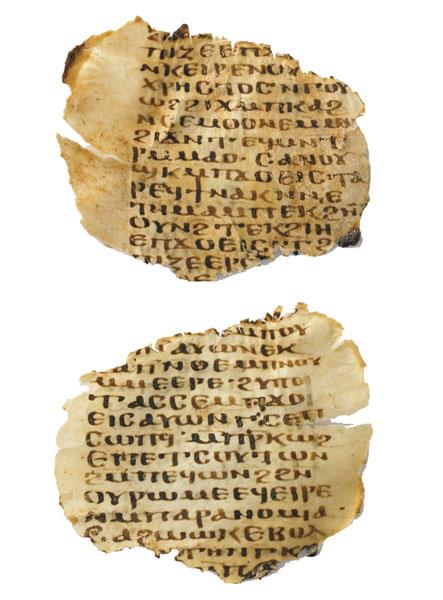Archaeological Views: Early Christian Dilemma: Codex or Scroll?

Why did early Christians prefer the codex, at a time when the bookroll reigned supreme in the wider culture? All through the first three centuries C.E., people overwhelmingly favored the bookroll (“scroll”) for literary texts.1 Indeed, it was the prestige book form of that time. But, from the earliest scraps of identifiably Christian manuscripts onward, it is clear that Christians differed in preferring the codex, especially for those texts that they most prized and used as “scriptures.” This is clear. But scholars continue to explore and debate why. Before we consider scholarly opinions, let’s take account of some key data.
Of all the second-century C.E. manuscripts (pagan, Jewish, and Christian) included in the Leuven Database of Ancient Books (LDAB), 2,326 (about 95 percent) are bookrolls, and 123 (about 5 percent) are codices.2 Among all manuscripts dated to the third century, the 1,522 bookrolls comprise 78 percent, and the 431 codices 22 percent.3 Clearly, the bookroll was the favored manuscript form for literary texts in these centuries.
Already a library member? Log in here.
Institution user? Log in with your IP address.

